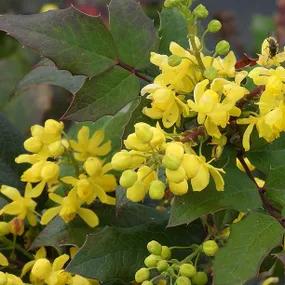Order Potted Evergreen Hedging Now For August Delivery
Pre-Order Bareroot Evergreen Plants For 2025/26 Winter Season
What is Evergreen Hedging & Screening?
This wide category contains all the plants that hold their living leaves right through winter.
Most are suitable for hedges, including some of the best formal hedge plants, although some conifers don't respond well to clipping and so are only suitable for tall screening.
The fastest growing and biggest hedging / screening in the world is Leylandii, and some of the smallest and slowest growing ornamental edging is Box.
How many Evergreen hedge / screening plants do I need?
The planting density for your evergreen hedge depends on the purpose and the specific plant you are using, so please take these general spacings as a guideline only - it's really up to you:
- For a normal garden boundary hedge, plant at 3 plants per metre (every 33cm) in a single row.
- Very slow growing plants, like Box, can go closer together to achieve a tightly-knit row quickly.
- An interior hedge for purely decorative purposes can be planted at 2 plants per metre (every 50cm) in a single row, and up to 1 per metre (every 100cm) for bushier varieties.
- For tall evergreen screening, a useful rule of thumb is to divide the desired height of the screening by 4, and use that as your spacing. So, if you want your screening to reach 4 metres, dividing by 4 equals 1 metre spacing.
View our full range of hedging plants.
Your mail order evergreen hedge plants are delivered by next working day courier.
If there is anything wrong with your plants when they arrive, Contact Us within 5 working days, and our friendly support team will sort it out.
All bareroot plants are covered by our Refund Guarantee, so you can give them a whirl with complete confidence.
Which Evergreen Hedging and Screening Should I Choose?
Broadly speaking, evergreen hedges can be grouped into formal and informal types in garden design terms.
- Formal evergreen hedges are clipped as often as necessary to kept them neat and tidy, providing an architectural frame for your garden and a backdrop against which your colourful flower beds can shine.
- Informal evergreen hedges are stars in their own right, with good flowers and often ornamental fruit as well. Because they need their flower buds to put on a show, you typically only clip them after they flower, which means that they spend most of the year looking quite shaggy.
Best Formal Evergreen Hedge Plants for Privacy
These are clipped once or twice a year and are generally grown only for their foliage and tidy appearance, so it doesn't matter if you trim them before they flower.
- Yew - The King of Hedges, it has a reputation for being slow growing, which is great for low maintenance. The secret is not to cut the central leading stem until it reaches the desired height (unlike most hedges, where clipping all over is recommended); Yew's growth slows down considerably after you cut it.
Unlike most evergreens with needle-shaped leaves, Yew grows back from old wood. - Western Red Cedar - Thuja plicata is a good alternative to Yew: not quite as shade-tolerant, and less forgiving, it can still be encouraged to grow back from old wood with careful treatment.
- Green Privet - The most popular urban hedge: cheap, reliable, reasonably vigorous, immune to pollution.
- Holly - Prickles and a dark, brooding presence.
- Laurels - All our laurels are great formal evergreen hedge plants; Cherry Laurel is the most popular due to its tolerance for poor soil and urban pollution, and vigorous growth.
- Leylandii - The most vigorous hedge plant, it's a great choice as long as you clip it twice a year without fail! Can grow so tall that the "High Hedges Act" (Anti-Social Behaviour Act 2003: Part 8) was practically written for it.
- Lawson's Cypress - Similar to Leylandii but less vigorous, with darker foliage. Two trims per year will be fine.
- Shrub Honeysuckle, Lonicera nitida - It's the most common hedge plant for car parks for a reason! It's not as pretty as the plants above but still a rugged choice for out of sight places
Special Mention:
- Box - Too slow growing (less than 1.5m per decade) to be a useful privacy hedge for most people, but it will get there eventually! Native, very shade & drought tolerant, as long as there is good air flow to decrease humidity.
Classic choice for framing flower beds and lining pathways, clips beautifully, perfect for topiary. - Big conifers like Scots pine and Douglas or Grand fir trees will make good screening down to ground level for many years until they develop into mature trees; more compact, slow growing species like the Korean fir that suit most gardens.
More Ornamental Evergreens (Variegated Leaves, Good Flowers or Berries)
Remember that you only get a decent amount of flowers if you clip your hedge after it flowers that year!
It sounds obvious, but if you clip your hedge before it flowers, you will remove most or all the flower buds.
- Pyracantha - One of the thorniest options in this list, big bunches of bright berries for later season interest
- Viburnum tinus 'Eve Price' - Late season flowers and good shade tolerance make this a popular choice for a more informal look.
- Photinia Red Robin - On the fence between formal and informal, it needs clipping twice a year to produce flushes of new red leaves.
- Evergreen Berberis such as darwinii and julianae
- Choisya Sundance has lovely aromatic yellow-green leaves; White Dazzler is the hardiest variety, but doesn't grow much above 1.5m
- Evergreen Euonymus - Tall Japanese Spindle varieties such as Bravo and Ovatus Aureus have brightly coloured foliage
Special Mention:
- Hypericum 'Hidcote' - This free flowering shrub makes a lovely informal hedge, but it doesn't grow to much more than 1.5m
- Lavender deserves a special mention, as it is often grown in rows of edging, creating a low ornamental "flower hedge" with its tall stalks.
Aftercare
- Provide a temporary windbreak for exposed evergreens against drying cold winter winds by putting up a sheet or stacking bales of straw along the side facing the prevailing wind, or wrap them in horticultural fleece.
- Watering in summer is always essential, and in really dry winter weather it may also be necessary.
Why have my new Evergreen Plants dropped their leaves?
Newly transplanted evergreens sometimes drop their leaves in the year after planting. This is quite common and healthy for the plant's root establishment.
As long as the soil has remained at least a little moist (i.e. not seriously dried out, nor waterlogged for an extended period), there is nothing to do except wait patiently for them to leaf out again.




 1.webp)
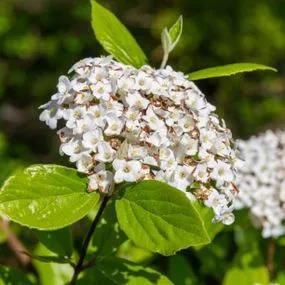
 1.webp)
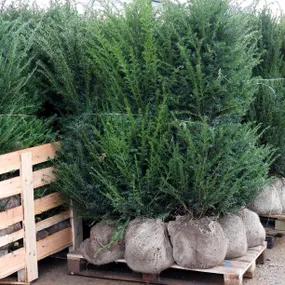
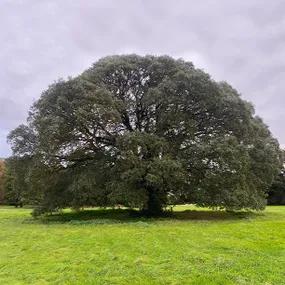
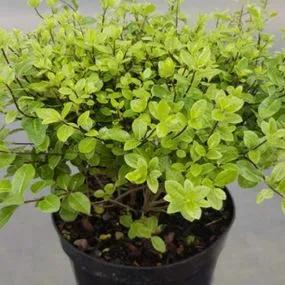
 1.webp)
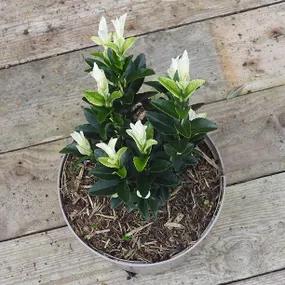

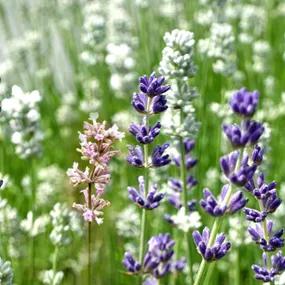
 Img 2.webp)
 Img 2.webp)
 1.webp)
